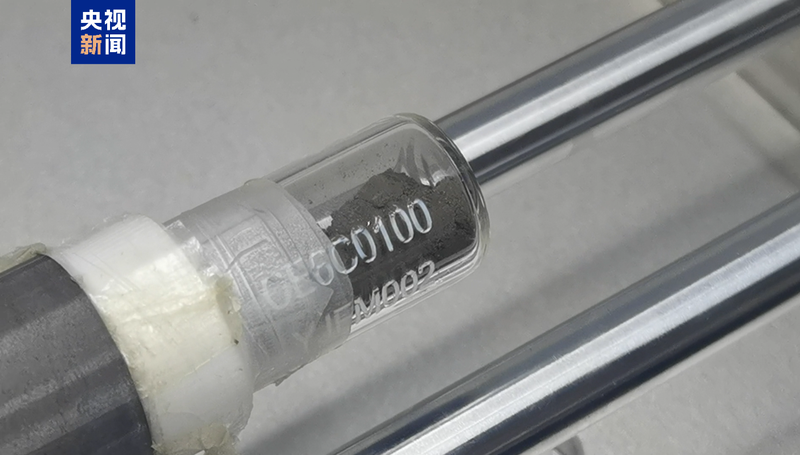At 3:38 p.m. Beijing Time on Monday, the Chinese mainland’s private space firm Galactic Energy achieved a milestone with its CERES-1S Y5 rocket blasting off from a sea platform near Shandong Province’s coast. The mission successfully deployed four satellites, wrapping up the first phase—totaling 37 spacecraft—of the ‘Tianqi’ low Earth orbit Internet of Things (IoT) constellation.
Designed for global coverage, the ‘Tianqi’ network delivers consumer-grade data links with miniaturized hardware and ultra-low power demands at affordable costs. From tracking agriculture yields and monitoring marine ecosystems to bolstering smart-city sensors and emergency response systems, these satellites are already connecting industries worldwide.
Beyond industrial use cases, Galactic Energy is tapping into the direct-to-satellite (D2S) consumer market. Imagine cars, walkie-talkies, and smartwatches sending messages straight to orbit—no cellular towers required. This shift could reshape how digital nomads, travelers, and communities stay connected across remote regions.
Monday’s launch marks Galactic Energy’s 19th mission to date, having lofted 81 satellites with two rocket families. The sea-launched CERES-1S, a variant of the 33-ton CERES-1 series with a 1.4-meter diameter, lifted off on its maiden voyage in September 2023 and has since completed five sea launches. It can haul up to 300 kilograms into a 500-kilometer sun-synchronous orbit—or 500 kilograms to a similar low Earth orbit on land.
As global demand for real-time connectivity soars, finishing the first phase of ‘Tianqi’ signals a new era in space-based IoT. For startups, governments, and everyday users, this network promises a future where data travels from sensor to sky and back, bridging the digital divide one launch at a time.
Reference(s):
China's CERES-1 commercial rocket launches four satellites from sea
cgtn.com




